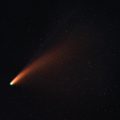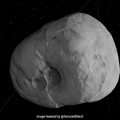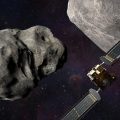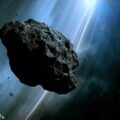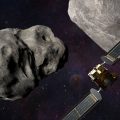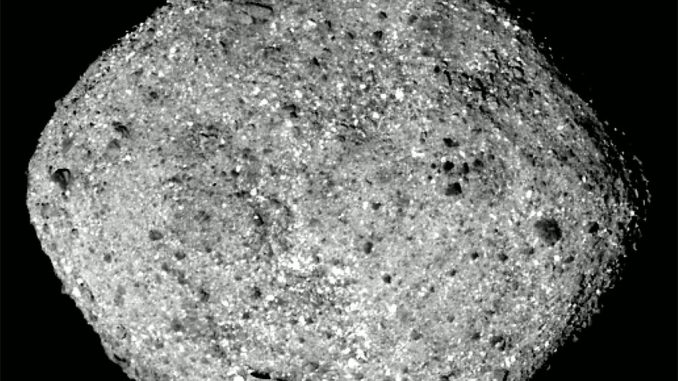
Even though with advancing science, man has discovered some valuable information about outer space, much still needs to be known to us. Scientists spend years studying this vast void to satisfy human curiosity, and one result of such commitment is the NASA OSIRIS-REx Mission.
This project dispatched an uncrewed spacecraft to the potentially dangerous asteroid Bennu to collect rock samples. It is currently on its journey back to Earth. It’s interesting to note that there is a good likelihood that this asteroid may hit Earth in 2182.
The Bennu asteroid was photographed by the OSIRIS-REx spacecraft as it took one final look before heading towards the Earth in NASA’s Astronomy Picture of the Day.
What is this Asteroid Bennu?
On 11 September 1999, the LINEAR Project identified Bennu as a carbonaceous asteroid in the Apollo group. It is termed after a legendary bird from ancient Egypt connected to the Sun, creation, and rebirth.
Bennu is small relative to the planets, about a third of a mile (half a kilometer) broad at its equator and barely wider than the height of the Empire State Building. In contrast, Mercury, the planet with the lowest diameter, is more prominent by more than 3,000 miles.
It’s interesting to note that OSIRIS-REx is not the first mission to visit an asteroid to get a sample. In 2010, the Japanese probe Hayabusa returned samples from 25143 Itokawa, and in December 2020, Hayabusa2 did the same from 162173 Ryugu.
3D Bennu #space #nasa pic.twitter.com/zYIeK8QiTl
— Morissa Schwartz 📚 (Dr. Rissy) (@MorissaSchwartz) March 11, 2023
Structure of Bennu
NASA describes Bennu as a spinning top, a form whose origins are still unclear to experts. Similar equatorial ridges may be seen on certain other asteroids.
Bennu is thought to be composed of some of the earliest components in the solar system by scientists due to its similarity to carbon-rich meteorites found on Earth. Long before our solar system originated, these components were created in massive dead stars, including supernova explosions.
The heat from the parent body’s fragmentation during the enormous impact would have changed the composition of the asteroid. Bennu-like meteorites frequently include organic material, which is made up of compounds that are not necessarily biological in origin.
The NASA OSIRIS-REx spacecraft is returning to Earth after almost five years in orbit, carrying many rocks and dust from the near-Earth asteroid Bennu. The sample return capsule will launch on 24 September 2023, enter Earth’s atmosphere, pass the Western United States, open its parachute, and land in the Great Salt Lake Desert.

